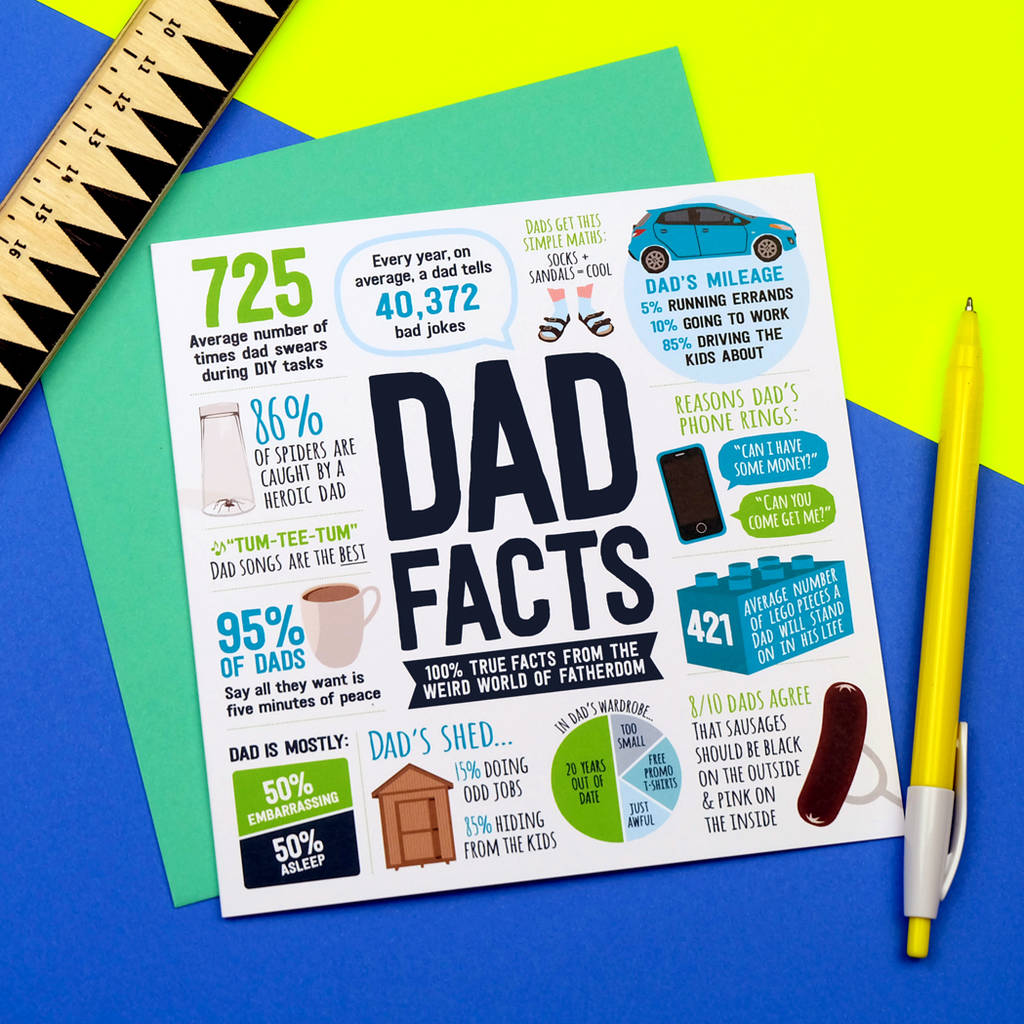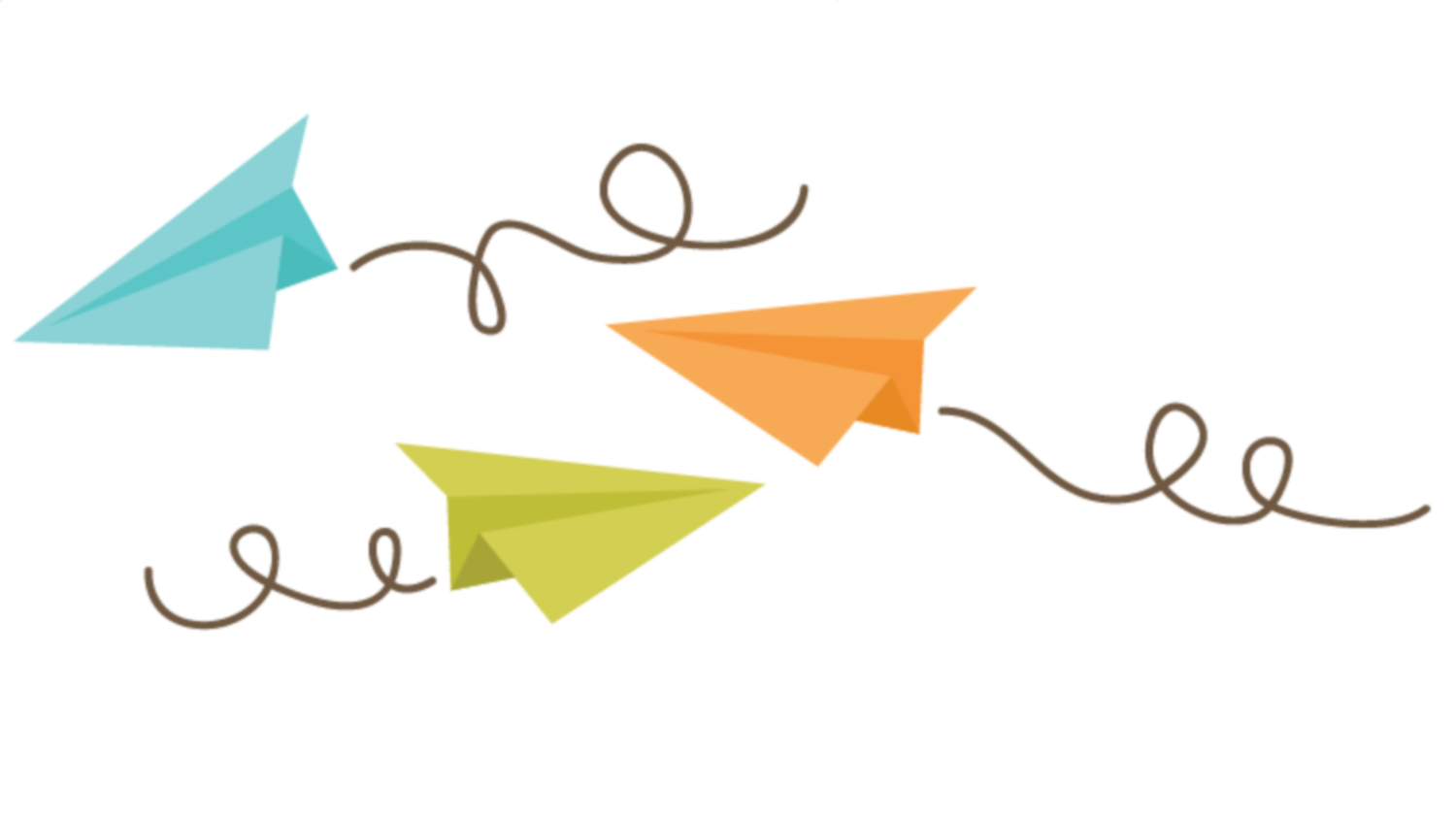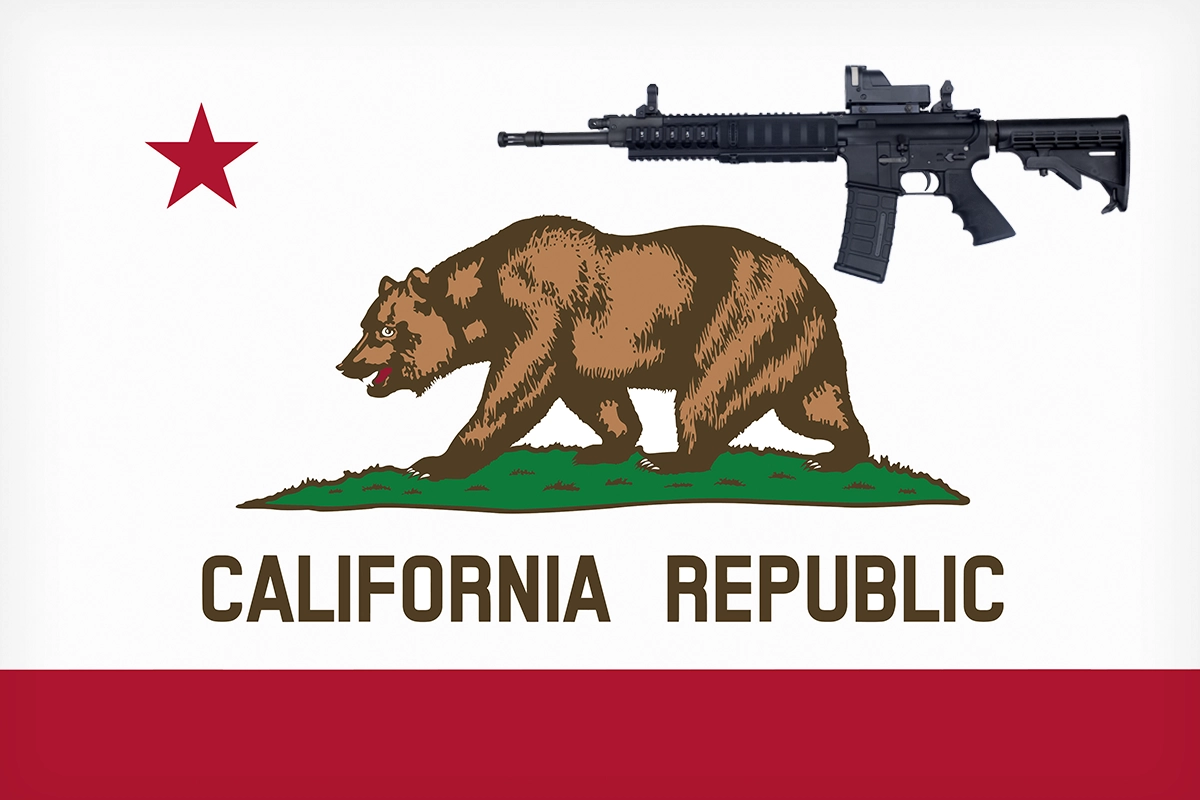Facts About Paper Airplanes - Balance & weight Thick paper glides more easily than thin paper if the wings can support it. A plane has a point where it balances; it is called the center of gravity. There is another point called the neutral point where the nose is perfectly aligned with the rest of the plane. Most of the paper's weight should lie somewhere above the neutral point.
CREATION For traditional arrow-shaped paper airplanes, plain paper is best. Paper airplanes with longer wings such as rectangular shapes require a heavier material such as cardboard to support the air force on the wings.
Facts About Paper Airplanes

How it flies When a paper airplane is designed the builders fold the sheets of paper to give it maximum wingspan to support the airplane for a longer flight. Custom paper airplanes can be made with different wing designs for higher speed or flight. Some designers choose to add a little weight to the plane to keep it in the air, such as staples or newspapers.
The Best Paper Airplane
Largest Wingspan The record holder for largest paper airplane has a wingspan of 40 feet 10 inches. The plane flew 114 feet before hitting a wall.
DISCOVERERS The inventor is a mystery, but Leonardo Di Vinci is often credited for it.
FACT According to the Paper Airplane Association, a paper airplane thrown into space doesn't fly -- it just floats in a straight line; if it doesn't hit an object, it can actually float forever! What is six degrees of freedom? Why is it so difficult for us to understand or understand? Let's get this straight and easy. Notice that an object is floating in the air. If an object moves forward or backward it is called longitudinal motion. However, if it moves to the right or left when you wipe the glass sideways. And if it moves up or down it is called Vertical. So, These are the first three degrees of freedom and the other three are called Pitch, Yaw and Roll.
These six degrees of freedom allow aircraft to easily maneuver in the air and help them reach from one place to another around the world. The other three degrees of freedom in six are described below, scroll down!
Cool Paper Airplanes You Can Make Now
Pitch is basically - Hold a plastic ruler on a table and place a pen on it horizontally like the cross of Jesus, hold the pen and rotate it clockwise and anticlockwise it is called Pitch.
Yaw Hold the plastic ruler on the table and put the pen on it vertically like a pole, keep turning the pen clockwise and anticlockwise called Yaw.
Roll held a plastic ruler on the table and set the pen in the same plane as you would hold other paper in the notebook, holding the pen and rotating it left and right like a tuner-fill gauge called Roll.

It is not possible to achieve full degrees of freedom like Laterals and verticals on the Paper plane. Long term freedom is achieved by throwing paper airplanes into space. It is possible to achieve Pitch, Yaw and Roll using the Wingtail ailerons, vertical stabilizers and variable flaps.
New Product Innovation: Five Tips For Launching In A Crowded Market
LND 2020. All content on this page is displayed and directed by . Except as permitted by copyright laws that apply to you, you may not use or communicate any content on this website, including files downloadable from this site, courtesy of paper airplane@gmail.com paper in American or paper airplane in English) toy airplane, usually a vacuum cleaner made from a piece of paper or clipboard. A simple paper airplane with a nose, thrown like a dart, is also called a paper dart.
The origins of folding paper gliders are largely ascribed to ancient China, although there is some evidence that the development and improvement of folding gliders occurred to a similar extent in Japan. Of course, paper was widely produced in China 500 BC, and origami and paper folding became popular in this period, around 460-390 BC.
It is impossible to know where and in what form the first paper airplane was made, or even what shape the first paper airplane was made of.
For more than a thousand years after this, paper airplanes were heavier-than-air man-made planes and the principles were easy to appreciate, although thanks to their high coefficient of drag none of their outstanding performance shined through over long distances. . The pioneers of powered aircraft had all studied paper model airplanes to design larger engines. Leonardo da Vinci wrote about making model airplanes out of parchment, and testing some of his early ornithopters, airplanes that fly by flapping wings, and designing parachutes using paper models. Later, Sir George Cayley explored the performance of the paper taker in the late 19th century. Other pioneers, such as Clémt Ader, Prof. Charles Langley, and Alberto Santos-Dumont often tested ideas with paper as well as balsa models to test their theories (at scale) before implementing them.
History Of The Paper Airplane
Over time, many other designers have developed and refined the paper model, using it as a very useful tool in aircraft design. One of the earliest known modern paper airplanes (as in complex structure and many other aerodynamic innovations) was in 1909.
The construction of paper airplanes, by Ludwig Prandtl at a banquet in 1924 at the International Union of Theoretical and Applied Mechanics, was dismissed as an artless exercise by Theodore von Kármán:
Prandtl is also a bit provocative. I remember one time at a rather dignified after-conference dinner in Delft, Holland, my sister, who was sitting next to him at the table, asked him a question about aviation mechanics. He started to explain; in that course he took a paper about and designed a small airplane model, without thinking where it was. It landed on the shirtfront of the Frch Minister of Education, much to the embarrassment of my sister and everyone else at the event.

In 1930 Jack Northrop (co-founder of the Lockheed Corporation) used paper airplanes as test models for larger planes. In Germany, during the Great Depression, designers at Heinkel and Junkers used paper models to establish basic performance and structural layouts in important projects, such as the Heinkel 111 and Junkers 88 tactical bomber programs.
Terms Of Contracts Prevail Over Rights Of Subrogation
At the same time, paper-model airplanes have gained luxury, and very high flight performance far from their origami origins, but origami airplanes have acquired a lot of new and interesting things.
The folding/origami glider continued to evolve over this same period of sophistication, including the following additions to construction details.
Compared to balsa wood — other materials commonly used to make model airplanes — the paper density is higher; As a result, conventional origami paper gliders (see above) suffer from higher drag, as well as incomplete aerodynamic wing straps.
However, unlike the balsa glider, the paper glider has a much higher strength-to-thickness ratio: a sheet of office-quality copier/laser printer paper is, for example, 80 g/m2, with approximately the internal strength of an aircraft-grade aluminum sheet. metal, while card stock approaches the properties of steel on the scale of paper model airplanes.
Paper Airplane Day 2023
Unmodified origami paper airplanes have very low glide ratios, often no better than 7.5:1 depending on the construction and materials. Modification of origami paper gliders can result in marked increases in flight performance, at the expense of weight and often by the introduction of aerodynamic and/or structural compromises. Often, the increased wing load can promote laminar flow over the wing with a combination of origami construction and glue and tape.
Professors Ninomiya and Mathews (see section below) developed a more targeted planning strategy in the late 1960s and 1980s. Previously, paper model airplanes were designed without an emphasis on in-flight performance. Using aerodynamic design, and fluid dynamics, the two professors were able to design a model that exceeded previous flight performance benchmarks by a wide margin. Flight range increased from the usual 10+ meters to 85+ meters depending on what was installed on the glider at launch.
Today, the work of the two professors remains the last major research effort to improve the flight performance of paper model gliders. Collaborative work with marketers via online forums and personal websites is usually an extension of this original form of setup.

In the field of scale model design, there are still many opportunities for advanced design. Profile gliders face limitations to improve flight performance based on the type of wing, which is usually a curved aerofoil plate. In addition, the fuselage is balsa paper or sheet paper, which tends to warp or break in a short time. It is possible to improve performance through three-dimensional modeling of the airframe which promotes laminar flow, and on the inner wings which may have a high lift aerofoil profile, such as the Clark Y or NACA 4 or 6 series, for high lift.
Paper Planes By Steve Worland
Ninomiya's "N-424" design from the Jet Age Jamboree (1966). Gliders are built from several paper laminates glued together. The wings have two blades, and
Wwi airplanes facts, 5 facts about airplanes, facts about airplanes, cool facts about paper airplanes, ww2 airplanes facts, 10 facts about airplanes, amazing facts about airplanes, airplanes facts, interesting facts about paper airplanes, fun facts about airplanes, interesting facts about airplanes, scary facts about airplanes
